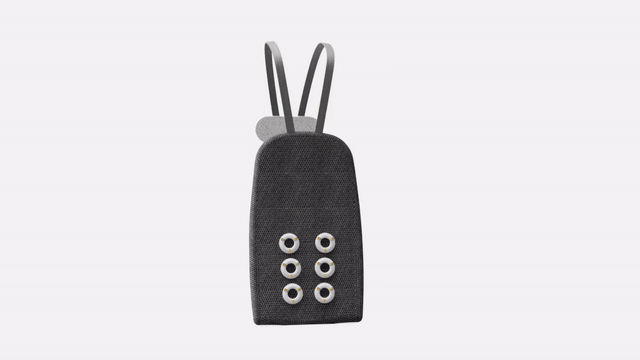Webinar Week Takeaways
Thank you to all who participated in our Webinar Week series, it was so fun learning alongside all of you! In case you missed the webinars or needed a refresher—we put together our key takeaways for your review.
Going Green
The first webinar in our Webinar Week series was Going Green: Calculating the Carbon Footprint of the LEL. The goal of Going Green was to help our audience gain a deeper understanding of how our technology aligns with global sustainability goals and learn about how flexible electronics can fit into an eco-conscious future—without sacrificing quality and performance.
Before diving into the carbon footprint of our technology, it was key for our audience to grasp the core features of the LEL and how these features play into the tech being a more environmentally friendly option. Not only is the LEL flexible and customizable, but it is also highly adaptable and easy to integrate. A system that can be integrated seamlessly—and removed easily--means less cost and waste down the line.
We also discussed how we calculate the carbon footprint of our technology, through Life Cycle Assessment. There are two main components to an LCA: Cradle-to-Grave analysis and Cradle-to-Gate analysis. Cradle-to-Grave is the lifecycle of a material, from creation to disposal. Cradle-to-Gate is the lifecycle of a material, from creation to shipment. There are currently no calculations made for smart textiles available, nor are there any industry standards that utilize the LCA. So, we have to use the methods currently available to give our best estimate. There are also so many new technology metrics for smart textiles, it’s hard to get a common energy standard to measure.
What we found from using the Crade-to-Grave analysis is that the core materials in the LEL have the lowest carbon footprint of novel electronics on the market. The LEL has a total impact of .009 C02 per gram, which is a fraction of the competition.
Our technology also eliminates the use of plastic housing with our easy-to-integrate form factor that can be sewn into or adhered to virtually any surface material. Additionally, we avoid the use of chemical etchants and precious metals in our manufacturing.
Loomia is always looking for more ways to lower our footprint, beyond the LEL unit itself. We have adopted environmentally friendly packaging and auto-efficient equipment, as well as more sustainable practices throughout the design process. We will continue to learn and improve as we go and are always researching new ways to decrease our impact on the environment.
Bend, Connect, Innovate
The second webinar in the series was focused on flexible electronics as a whole, and how they can create dynamic user experiences for a wide range of applications. The main message we wanted to drive home with this webinar was that flexible electronics are key to making user experiences more streamlined and help products better serve users. They are also vital to the user journey, which begins with data input and ends with data output that triggers an action.
We highlighted all of the current flexible electronic technologies on the market today, which include:
Printed electronics
Knit e-textiles
Embroidered e-textiles
Flex PCB
LEL
Wire cabling
We also looked at some exemplary work incorporating flexible electronics to illustrate just how dynamic and versatile they can be, including Needleworks by Lizzy Stuyfzand. Check out the video below to see how this designer used flexible electronics to create visual, tactile, and auditory masterpieces.
Image: Lizzy Stuyfzand
Another project example we looked at is Enhanced Instinct by Daan Leenarts. Strategically placed haptic circles on the car seat transmit crucial information to the driver—enhancing the driving experience. The user journey for this application begins when a car sensor picks up an object of interest, then the car transmits information to the control unit—sending signals to the vibration units on the back of the driver seat. The vibrations are then picked up on the back of the driver, and the driver takes appropriate action. This is a great illustration of the application of flexible electronics in the user journey.
Gif: Daan Leenarts/Royal College of Art
When used to help prevent injury, flexible electronics can be especially impactful. We took the opportunity to showcase our recent work with Mississippi State University and their Athlete Engineering lab. The wearable motion capture sock captures advanced movement and pressure data–which can then be used to improve performance in prevent injury in sports, military, industrial and rehabilitation settings.
Image: MSU Athlete Engineering
All in all, what we really tried to drive home with this webinar is that flexible electronics are essential to building future-proof products. Our world is only becoming more advanced, and we must create products with technologies that move forward with the times.





